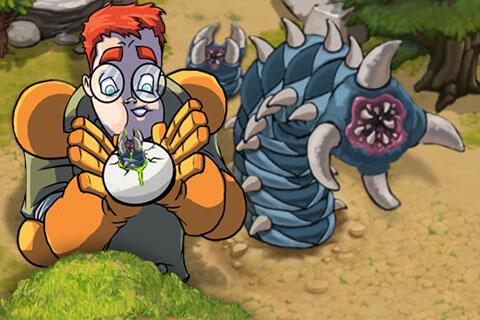
TAKE DIRECT CONTROL OF UNITS IN STRATEGIC COMBAT - Optimize battle formations, attack order and deployment of special abilities.COLLECT OVER 200 UNIQUE UNITS - Level them up and maximize their power.JOIN GUILDS TO FORM POWERFUL ALLIANCES - Compete for powerful prizes!.HILARIOUS, WAR-TIME STORY WITH OVER 500 MISSIONS.REGULAR MONTHLY EVENTS AND CONSTANT NEW CONTENT.BUILD A POWERFUL, IMPENETRABLE CITY - Defend it from invading players. Tactical, turn-based combat has never been so much fun.

Use your might of your army to defeat the rebels and any other players who stand between you and victory. Play Battle Nations, today!īattle Nations is completely free-to-play, however some items can be directly purchased for real money. A network connection is required to play Battle Nations.įollow us on Twitter or ‘Like us’ on Facebook for the latest news, events and more! Interested in discussing Battle Nations with your fellow players or looking for a Guild? Visit the Official Battle Nation forums at: If you don't want to use this feature, please disable in-app purchases in your device's settings. Have questions, issues, or suggestions? Please visit: Battle Nations 4.8.China and India have stumbled once again into a bloody clash over some of the most inhospitable terrain on Earth.Ī deadly brawl last month killed 20 Indian border troops and an unknown number of Chinese soldiers, punctuating a decades-old border dispute that has become one of the world’s most intractable geopolitical conflicts. It has inflamed tensions at a time when the world is consumed by the coronavirus pandemic, and it has scuttled recent efforts by the two Asian powers to set aside their historical differences. In the weeks since, the two sides have tried to walk back from the brink, with military commanders and senior diplomats negotiating quietly to disengage. By late last week, satellite photographs indicated that Chinese troops had pulled out of one disputed area where a brawl sparked the latest tensions.Įven so, the broader dispute between the world’s two most populous nations, both armed with nuclear weapons, remains unresolved and dangerous. It involves a region called Ladakh, a sparsely populated area, high in the Himalayas, with close historical and cultural ties to Tibet. It was divided in the years after India gained independence from Britain in 1947 and the Communist Party established the People’s Republic of China two years later.ĭuring its invasion of Tibet in 1950, Mao Zedong’s China seized the northern part of Ladakh, called Aksai Chin, and has held it ever since - in no small part because a crucial road connecting Tibet with another restive province, Xinjiang, runs through it.
In 1962, the two countries went to war over the same terrain, but despite an overwhelming Chinese victory, the de facto frontier - known as the Line of Actual Control - remained roughly the same.


 0 kommentar(er)
0 kommentar(er)
